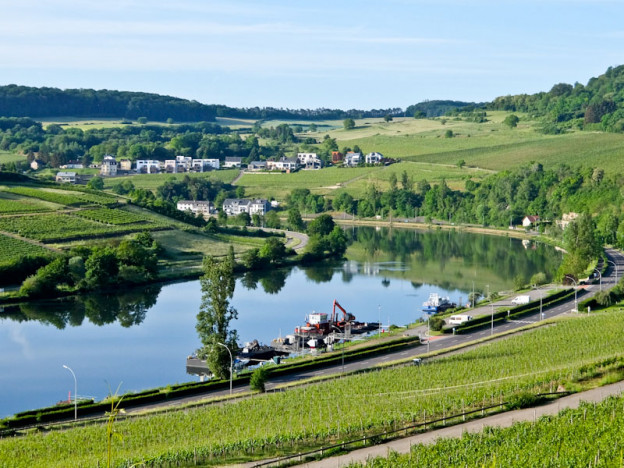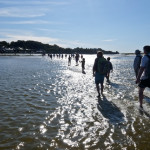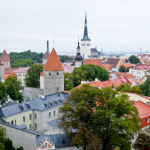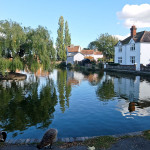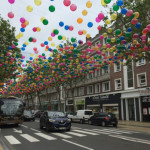Rupert Parker revisits a long-distance hiking route he first attempted 50 years ago walking across Luxembourg.
Luxembourg is one of the smallest countries in Europe, sandwiched in between Belgium, France, and Germany, yet it’s a walker’s paradise. The north has lush forests, green hills and deep valleys while the south offers the Route du Vin along the River Moselle.
50 years ago, I walked from Belgium to Switzerland following the European long distance GR5 trail. I fondly remember one of the highlights was the section traversing the length of Luxembourg, so it was time to retrace my footsteps. Time doesn’t allow me to walk through the entire country, so I start in Kautenbach in the hilly Ardennes in the north.
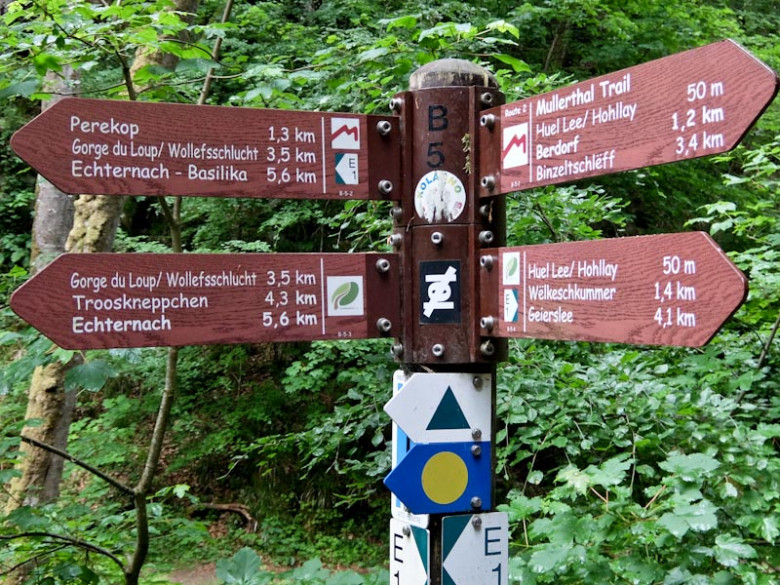
I’m following the final part of the Escapardenne Lee Trail and the early morning mist is still hugging the hill tops when I leave my camp site in Kautenbach, The first section climbs steeply up through forest, the trail well signed and clear. There are clear views of the River Wiltz below, which I follow until diverting north east into forests of pine and oak.
The landscape is all rolling hills and, after rather too many steep up and downs, I reach the small village of Hoscheid. From here, I almost double back on myself, following a long ridge to reach the River Sûre. It’s then a long descent to the village of Goebelsmühle where the Sûre meets the Wiltz. Although it’s the end of my walking today, I catch two buses cross country to the small village of Berdorf where I spend the night.
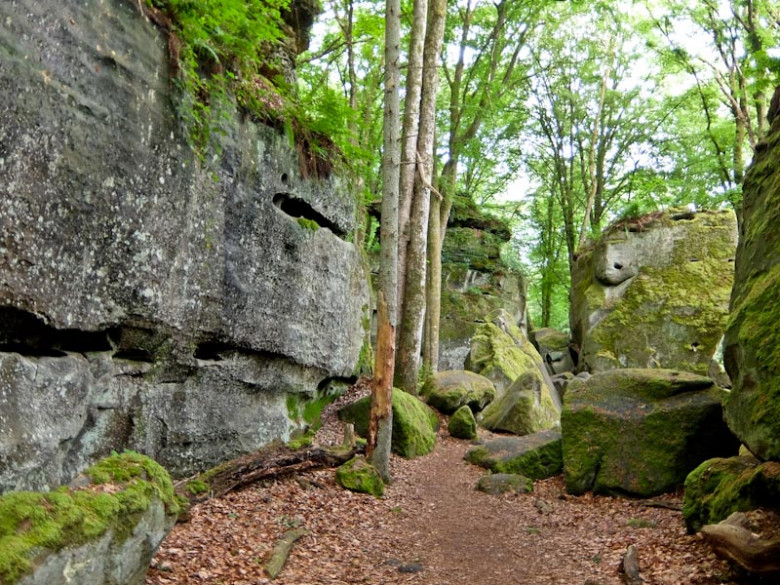
Now I’m on the GR5, following my footsteps of 50 years ago. This is the Mullerthal region, known as Luxembourg’s Little Switzerland, because of its distinctive rock formations. Great slabs of stone, resting against each other, include an amphitheatre, deep caverns and the impressive Gorge du Loup. Here the narrow path is hemmed in by stratified rock walls and emerges with a view of the town of Echternach below.
The bells of the huge abbey are ringing to celebrate Ascension Day and once again I meet the River Sûre. I follow it for a mile before climbing into the forest, passing the outskirts of Rosport where there’s Musée Henri Tudor, He invented the lead-acid battery and sadly died of lead poisoning 40 years later. After more forest walking, I reach the church at Girsterklaus and descend to Hintel, my destination for the night.
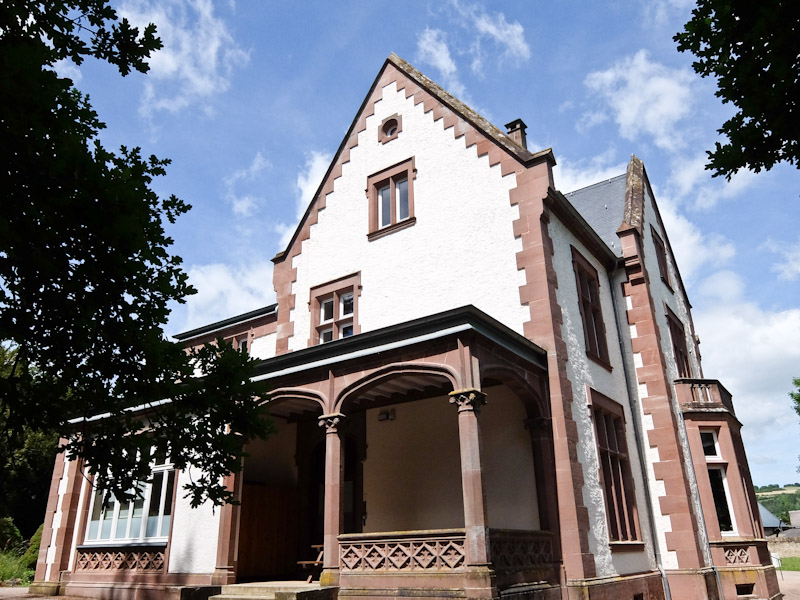
Next day, to avoid retracing my steps, I catch the bus to Wasserbillig where I meet the River Moselle and its surrounding vineyards. After a couple of miles by the river, at the port of Mertert I strike up into the countryside on a minor road. There’s nobody around apart from the occasional farmer and there are splendid views over the river.
After a woodland stretch, I arrive at the village of Manternach crossing a stream, before climbing up again to a broken dolmen. The Groensteen, as it’s known, may have marked the grave of a Gallic warrior. From here I enter the forest before emerging at vineyards, clinging to the slopes above Grevenmacher. It starts to rain as I enter this pleasant town, with an interesting old quarter, nestling on the banks of the Moselle.
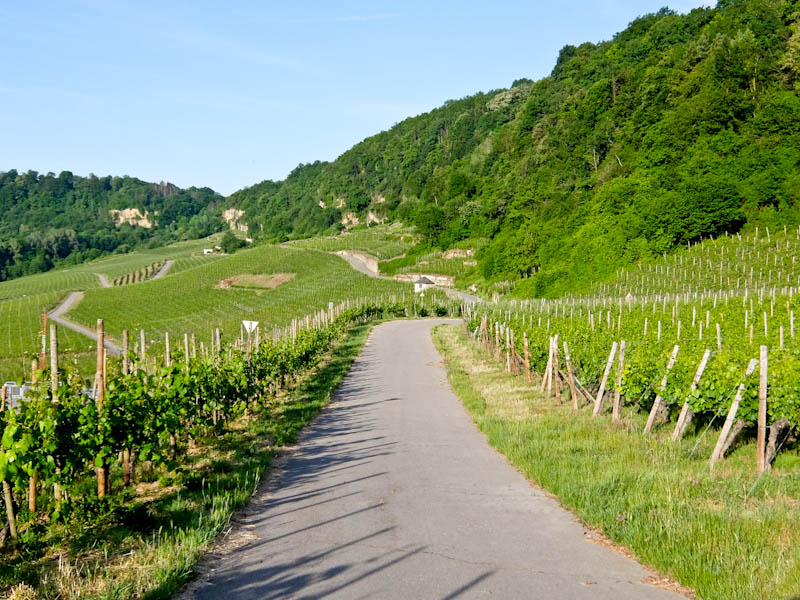
Next morning I’m on the Route du Vin, following tiny roads through steep vineyards spilling down the hillside. Some of Luxembourg’s best wines are produced here from native grapes like Auxerrois, Rivaner and Elbling. On the over side of the Moselle is Germany where the vineyards stretch to the horizon.
The path keeps mainly above the vines, dropping down to small wine producing villages on the river like Machtum, Ahn, and Wormeldange. Each of these have wineries offering tastings and at Ehnen there’s also a wine museum. At Greiveldange the path climbs up towards woods and then up steps to a religious shrine in a clearing. There are glorious views across the Moselle and below I see Stadtbredimus, my destination for the night.
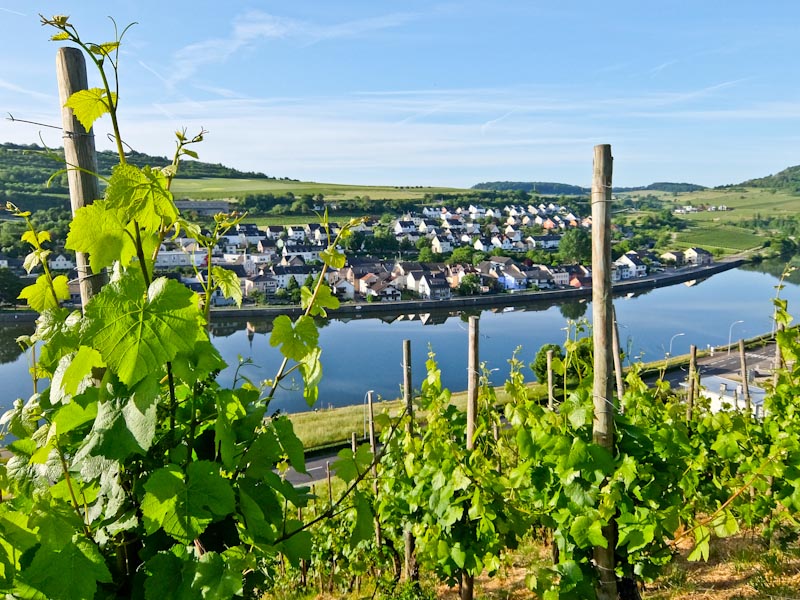
My final day and I’m aiming for the village of Schengen, at the bottom of Luxembourg on the border with France and Germany. I leave the river at Stadtbredimus and climb up into the forest to reach another shrine. The path then follows a stream on a boarded section, in a unique habitat which includes the rare fire salamander. It leads down to the Moselle at Remich where there are passenger boats offering river trips.
Again, the GR5 veers off into the hillside but I decide to follow the river, first on a grassy track, then on a cycle path by the road, before re-joining the riverbank. At the entrance to Schengen, there are displays celebrating the Schengen Treaty which was signed here on a river cruise ship in 1985. A plaque reads “Europe Starts Here” but for me this is the end of my journey and I take the bus back to Luxembourg City.
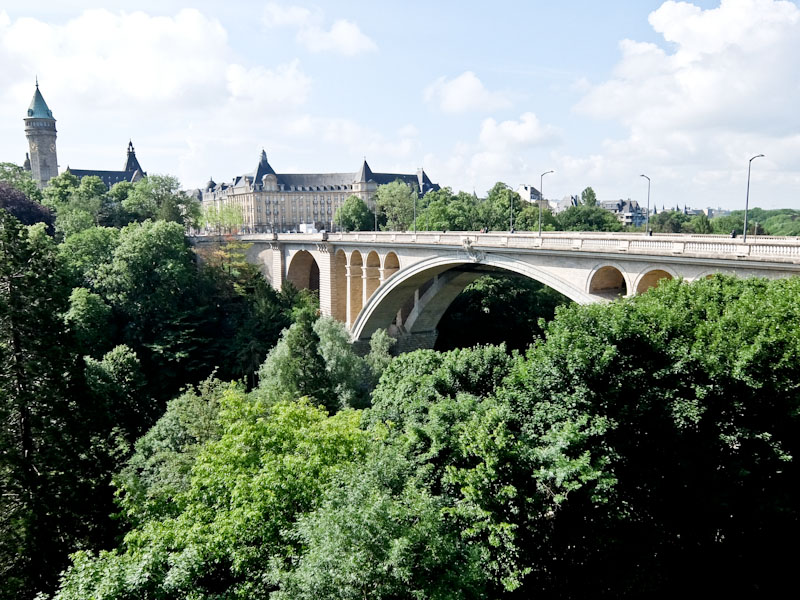
For such a small country, Luxembourg has hundreds of kilometres of walking trails, all well signed and offering various levels of difficulty. Of course, there are no mountains, but some sections can be quite challenging, particularly in the north. What’s interesting is that after 50 years, the countryside is exactly as I remember it. The only thing that’s changed is the free public transport, particularly useful for accessing the start or end point of your walk.
Tell Me More About Walking Across Luxembourg
Visit Luxembourg has information about walking across Luxembourg.
Cicerone’s The GR5 Trail – Benelux and Lorraine is an indispensable guide.
Luxair has daily direct flights from London City to Luxembourg. All bus and train travel is completely free.
Camping Kautenbach has pods for rent and a good restaurant.
Hotel Perekop in Berdorf is a comfortable family run hotel with home cooking.
The Kulturhaff Millermoler in Hintel has simple rooms and organic food.
Grevenmacher has comfortable accommodation in a restored medieval tower.
Hôtel l’Ecluse is a new 5* hotel on the Moselle in Stadtbredimus with an excellent restaurant.
Hotel Francais is a good base in the centre of Luxembourg City.

